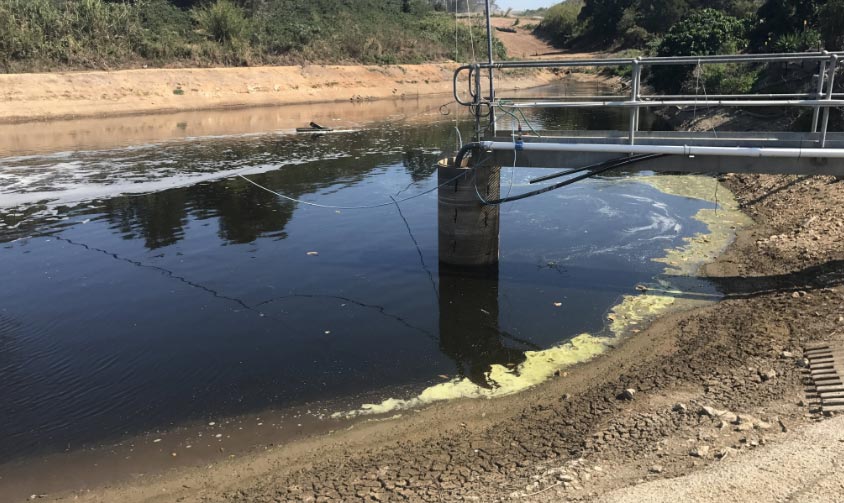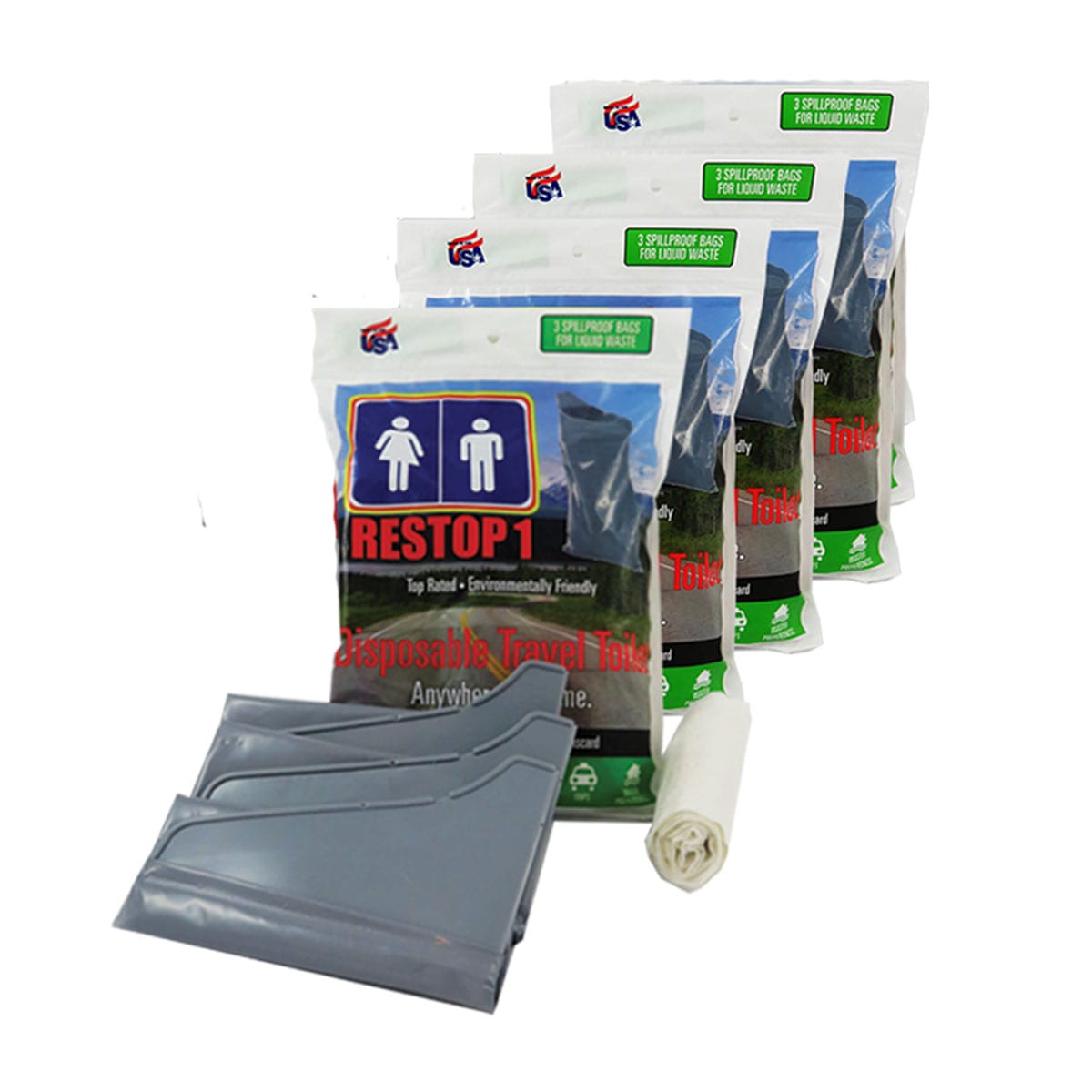Exactly How Liquid Waste Disposal Functions: A Thorough Introduction of Strategies and Technologies Used

Summary of Liquid Waste Kind
The intricacy of fluid waste kinds requires an extensive understanding of their characteristics and effects for disposal. Liquid waste can extensively be categorized right into several types, including industrial, local, agricultural, and harmful waste. Each classification displays distinctive residential properties, calling for details monitoring approaches to minimize ecological and wellness threats.
Industrial fluid waste stems from making procedures and typically consists of a variety of pollutants, such as hefty steels, solvents, and natural substances. Local fluid waste, mostly making up wastewater from houses and industrial establishments, has raw material, nutrients, and virus (industrial wastewater treatment). Agricultural liquid waste, consisting of overflow from ranches, may include plant foods, pesticides, and pet waste, presenting risks to water top quality and ecological communities
Harmful liquid waste is identified by its toxicity, sensitivity, or prospective to create damage. This group includes materials like acids, bases, and specific chemicals that necessitate rigid handling and disposal protocols. Comprehending these diverse liquid waste kinds is important for creating effective disposal approaches and guaranteeing conformity with environmental guidelines. Correct classification and characterization are crucial for executing ideal treatment methods and decreasing the negative influence on public health and wellness and the environment.
Physical Therapy Methods

Testing is the preliminary step, where larger bits and debris are removed from the fluid waste utilizing displays or grates. In sedimentation storage tanks, much heavier fragments settle at the base, forming a sludge layer, while the cleared up liquid can be additional treated.
Filtration is one more crucial method that entails passing the liquid with porous materials, such as sand or membrane layers, to capture smaller sized particles. This action boosts the quality of the liquid, making it ideal for subsequent treatment processes.

Chemical Treatment Techniques
Chemical therapy techniques are important for effectively taking care of fluid waste, specifically in addressing dissolved and colloidal impurities that physical approaches may not properly eliminate. These strategies use numerous chemical agents to reduce the effects of, precipitate, or change hazardous compounds right into much less harmful forms.
One common technique is coagulation and flocculation, where chemicals such as alum or ferric chloride are included in advertise the gathering of put on hold particles. This process boosts sedimentation, allowing for much easier removal of the resulting sludge. In addition, oxidation processes, employing representatives like chlorine or ozone, are employed to break down intricate natural substances and microorganisms, providing the waste safer for discharge or further therapy.
Neutralization is an additional vital method, which readjusts the pH of acidic or alkaline waste streams to neutral levels, stopping possible harm to downstream systems and the atmosphere. Furthermore, progressed oxidation procedures (AOPs) use mixes of oxidants and ultraviolet light to weaken persistent toxins, achieving a greater degree of therapy performance.
Biological Therapy Processes
Biological therapy processes play a vital duty in the administration of liquid waste by using microorganisms to disintegrate raw material and decrease pollutant levels. These processes can be broadly classified into anaerobic and aerobic therapies, each employing specific microbial communities to attain effective waste destruction.
Cardio treatment involves the use of oxygen to facilitate the break down of natural materials by bacteria. This procedure is frequently applied in activated sludge systems, where oygenation containers offer a helpful atmosphere for microbial development, leading to the oxidation of natural contaminants. The resultant biomass can be separated from treated effluent via sedimentation.
In comparison, anaerobic therapy takes place in the absence of oxygen, counting on various microorganisms to damage down raw material. This method is especially useful for high-strength waste, as it produces biogas, a renewable resource source, while decreasing sludge manufacturing. Technologies such as anaerobic digesters are often used in local and commercial applications.
Both cardiovascular and anaerobic biological treatments not just lessen the ecological effect of liquid waste yet additionally help with resource healing, making them important components of sustainable waste administration approaches. Their efficiency, effectiveness, and adaptability sustain their prevalent implementation across numerous markets.
Arising Technologies in Disposal
Cutting-edge methods to fluid garbage disposal are quickly developing, driven by developments in technology and an increasing focus on sustainability. Among these emerging innovations, membrane bioreactors (MBRs) have acquired grip for their capacity to combine organic treatment with membrane layer filtration, leading to top quality effluent that can be recycled in different applications. MBRs make it possible for smaller sized footprints and much more effective operations contrasted to conventional systems.
One more promising advancement is the use of anaerobic digestion integrated with nutrient use this link recuperation technologies, which not only deals with fluid waste however likewise produces biogas and recovers useful nutrients like nitrogen and phosphorus. This dual advantage improves resource effectiveness and minimizes environmental influence.
In addition, progressed oxidation processes (AOPs) are being adopted for have a peek at this site the deterioration of complicated organic pollutants. These approaches make use of powerful oxidants and stimulants to damage down contaminants at the molecular level, using a highly effective remedy for difficult waste streams.
In addition, the combination of fabricated knowledge and artificial intelligence in waste management systems is maximizing functional performance and predictive maintenance, causing lowered costs and improved environmental conformity. These modern technologies show a considerable change in the direction of even more lasting and reliable liquid garbage disposal practices.
Verdict
Finally, reliable liquid garbage disposal necessitates a thorough understanding of numerous strategies and modern technologies. The assimilation of physical, chemical, and organic treatment methods ensures the efficient management of diverse waste types. Additionally, the appearance of cutting-edge innovations boosts therapy efficacy and advertises sustainability in waste administration practices. By constantly progressing these methodologies, it becomes possible to resolve the growing difficulties related to liquid waste, ultimately adding to environmental management and resource recuperation.
Fluid waste disposal is an important aspect of environmental administration, calling for an extensive understanding of various methods and modern technologies customized to different waste types. Liquid waste can generally be categorized right into a number of types, including commercial, local, farming, and unsafe waste. redirected here Agricultural liquid waste, consisting of drainage from farms, might include fertilizers, chemicals, and pet waste, positioning threats to water quality and environments.
Various physical treatment approaches play a vital role in taking care of fluid waste properly - industrial wastewater treatment.In verdict, reliable liquid waste disposal necessitates a comprehensive understanding of different strategies and technologies